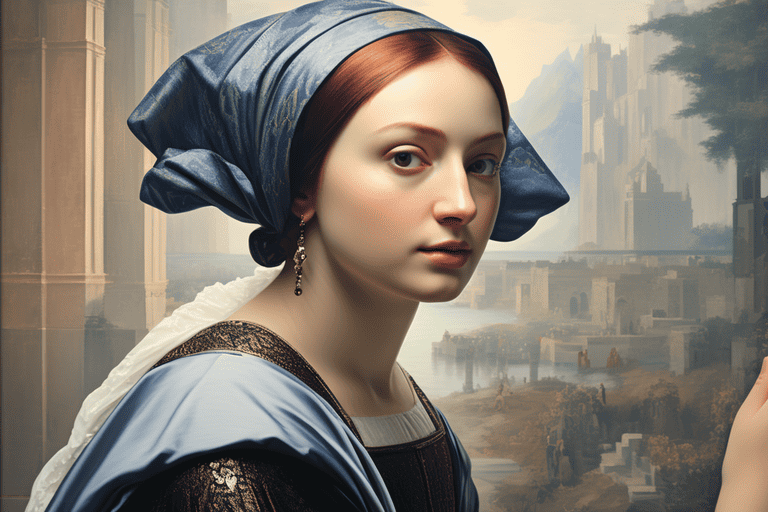AI in Art Authentication
In the intriguing world of ai in art authentication, the journey from mystery to revelation can be as dramatic and fraught with twists as any detective novel. The TV program “Fake or Fortune?” captures this journey with an almost palpable tension, as art owners stand on the precipice between fortune and disappointment, their hopes hanging on the verdict of experts. Yet, the final judgments, often resting on the assessment of a single authority, can sometimes feel like a verdict delivered without appeal. (I don’t know about you, but this is one of the few things in the world that really gets under my skin – and not in a good way)

For those who have had their artworks deemed inauthentic, the aftermath can be a bitter pill to swallow, especially when later evidence suggests a different story.
Imagine, for a moment, the emotional rollercoaster of having a painting you believe to be by a master artist, perhaps a treasured family heirloom or a serendipitous find at a flea market, only to be told it’s a fake. The disappointment is more than just about the financial loss; it’s about the narrative you’ve built around the piece, the connection to history, and the thrill of proximity to greatness. Then, consider the sting of discovering, sometimes years later, that the painting might actually be genuine after all. It’s not just an about-face; it’s a revelation that rewrites your story and, sadly, one that might come too late to rectify the emotional and financial consequences of the initial judgment.
This predicament underscores a significant challenge within the art world: the reliance on the subjective judgment of experts, which, while deeply knowledgeable, is still prone to human error and bias. But what if there was a way to minimize this uncertainty, to lend a more empirical edge to the process of art authentication?
The Impact of AI on Unveiling True Masterpieces
Enter the role of artificial intelligence (AI) in the art world, a burgeoning field that promises to revolutionize how we determine the authorship of paintings. AI algorithms, trained on vast datasets of art, can analyze a painting’s minutiae: brushwork, pigment composition, and stylistic elements, with a precision and impartiality that no human eye can match. This technology doesn’t tire, doesn’t hold prejudices, and doesn’t succumb to reputation bias; it simply assesses the evidence presented to it.
A recent case where AI was employed to reassess the authorship of a painting attributed to Raphael underscores the potential of this technology. By comparing the contested work to a comprehensive database of Raphael’s known pieces, the AI could identify patterns and consistencies invisible to the human eye, offering compelling evidence that swayed experts to reconsider their stance. Such outcomes herald a new era where many decisions, previously deemed final and irrevocable, may now be subject to re-evaluation with the help of AI.
For owners of artworks who have lived through the disappointment of an unfavourable verdict on “Fake or Fortune?” and similar experiences, the advent of AI in art authentication offers a glimmer of hope. Not only does it promise a future where judgments are more likely to be accurate from the outset, but it also provides an opportunity for recourse, a second chance for their artworks to be reassessed in the light of new, unbiased analysis.
The Role for Humans in Art Authentication
This is not to say that AI will render human experts obsolete. The nuanced understanding of art history, context, and the emotional impact of art cannot be replicated by algorithms. Instead, AI should be viewed as a powerful tool in the art historian’s arsenal, one that complements human expertise rather than replaces it. By working hand-in-hand, AI and human judgment can together bring us closer to the truth behind the canvas, ensuring that fewer owners have to suffer the consequences of erroneous decisions.
~ Bella
